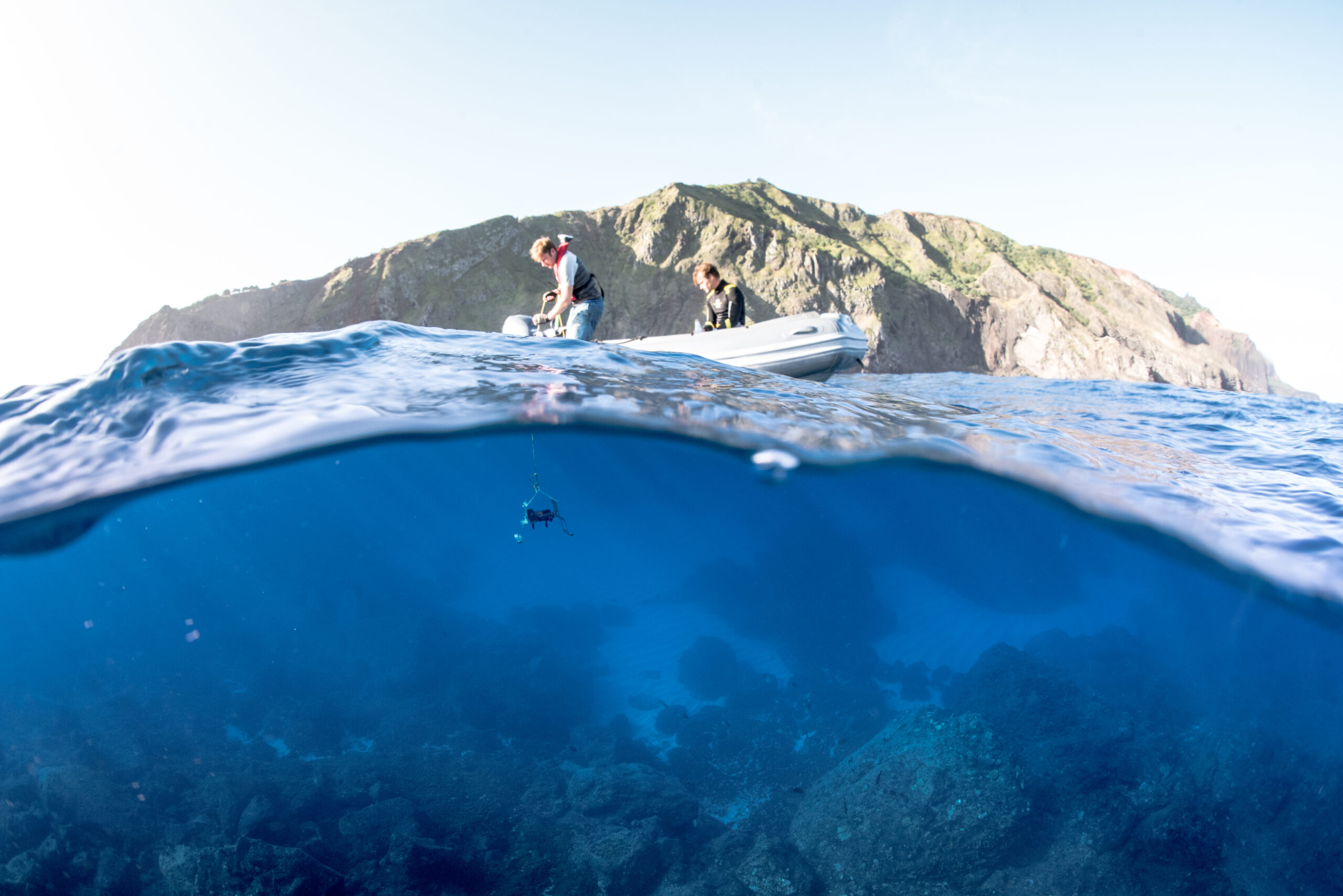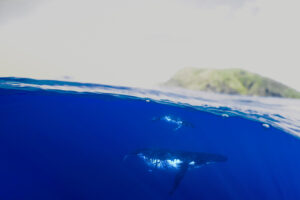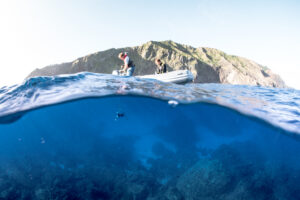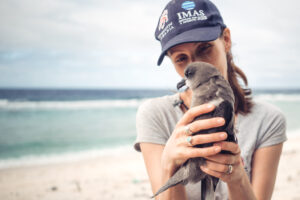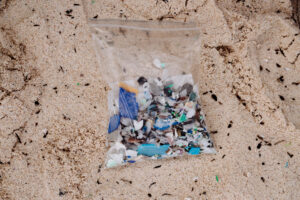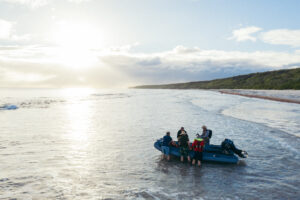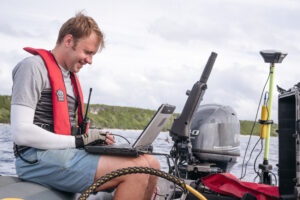Nestled in one of the world’s most isolated and pristine regions, the Pitcairn Islands offer a unique opportunity for scientific research. In 2016, the Government of the Pitcairn Islands established the Pitcairn Marine Protected Area (MPA). The MPA stands as the third largest continuous highly protected marine area on Earth, covering the entirety of the Pitcairn Exclusive Economic Zone (EEZ), which spans an impressive 842,000 km2.
In 2023, the Government of Pitcairn Islands opened their Marine Science Base, a facility that has quickly gained recognition as one of the most remote research centres in the world. This base is specifically designed to support visiting scientists, offering a workspace and self-catering accommodation. We hope you’ll join us here and discover all that the Pitcairn Islands has to offer.
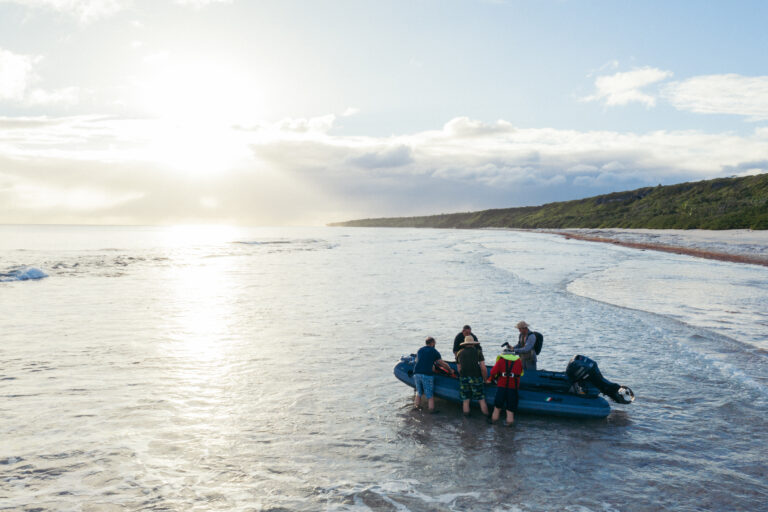
The Pitcairn Marine Science Base: A Hub for Innovation and Collaboration
The Marine Science Base is continuously evolving, with new equipment and infrastructure being added to enhance the capabilities of the facility. These include laboratory space, underwater video cameras and remote operated vehicles.
Additionally, the Marine Science Base Manager is there to support scientific research. They will assist with everything from initial bookings to providing logistical support throughout the researcher’s stay.
A Sanctuary for Marine Life
The MPA provides a sanctuary for over 1,200 documented species, including several endemic to Pitcairn. It safeguards Pitcairn’s marine ecosystems from extractive industries while preserving the traditional fishing rights of the island’s small, yet resilient community. The remoteness and pristine condition of the MPA make it an invaluable location for studying the impacts of climate change and other environmental threats on marine ecosystems. The waters around Pitcairn support some of the deepest corals ever recorded and the islands of Henderson and Ducie have been designated as Important Shark and Ray Areas (ISRAs) by the IUCN, making them globally important for shark conservation. This unique environment offers researchers a rare chance to observe and monitor untouched marine spaces.
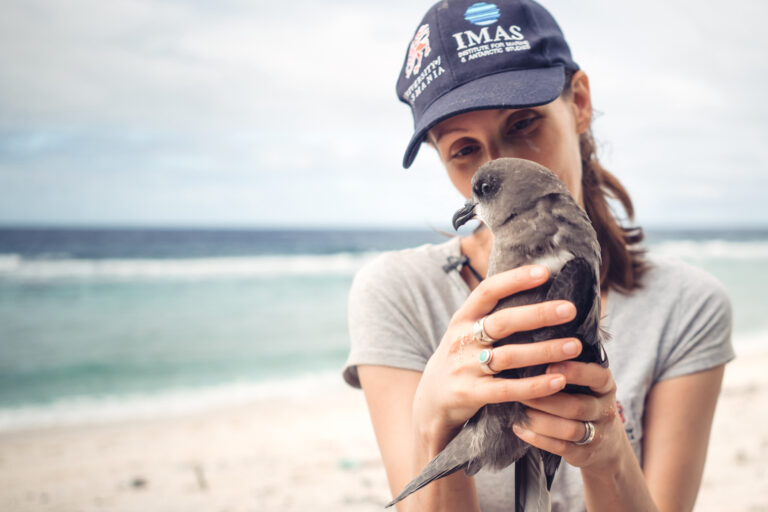
Pitcairn Islands: A Rich Cultural and Natural Heritage
The Pitcairn Islands are a group of four islands, with Pitcairn Island itself being the only inhabited one. With a population of approximately 40 people, many of whom can trace their ancestry back to the famous 1789 mutiny on the HMS Bounty, the community has a rich historical and cultural heritage. The other islands—Oeno, Henderson, and Ducie— are made up of isolated islands and raised coral atolls.
The journey to Pitcairn is not for the faint of heart. Without an airport, the only access to the island is by sea, with the MV Silver Supporter making a 36-hour voyage from the island of Mangareva in French Polynesia. This isolation has allowed Pitcairn to remain one of the least disturbed places on Earth, a feature that makes its marine ecosystems even more valuable for scientific research.
A Partnership Between Islanders and Scientists
One of the most exciting aspects of Pitcairn’s marine research efforts is the collaboration between visiting scientists and the local community. Pitcairn’s residents play a crucial role in providing access to remote islands and sharing their expertise about the local ecosystems. At the same time, scientists visiting the islands share their knowledge of scientific monitoring techniques, ensuring that these studies will continue long into the future.
Through collaborations with various international organizations such as the UK Government’s Blue Belt Programme, PEW, the RSPB, and several universities, Pitcairn has made substantial progress toward its marine protection goals. Since the MPA’s establishment, the Government of Pitcairn has supported three dedicated research expeditions, which have given scientists the chance to explore some of the most remote islands on the planet. In September 2025, a fourth expedition will be taking place, with research topics covering seabird health and population monitoring, biogeochemical profiling of sea surface, habitat mapping, and mesophotic coral community structure and connectivity.
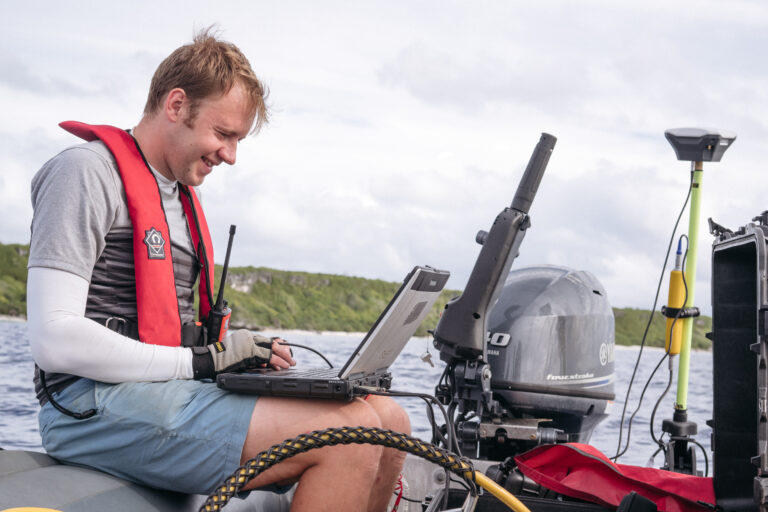
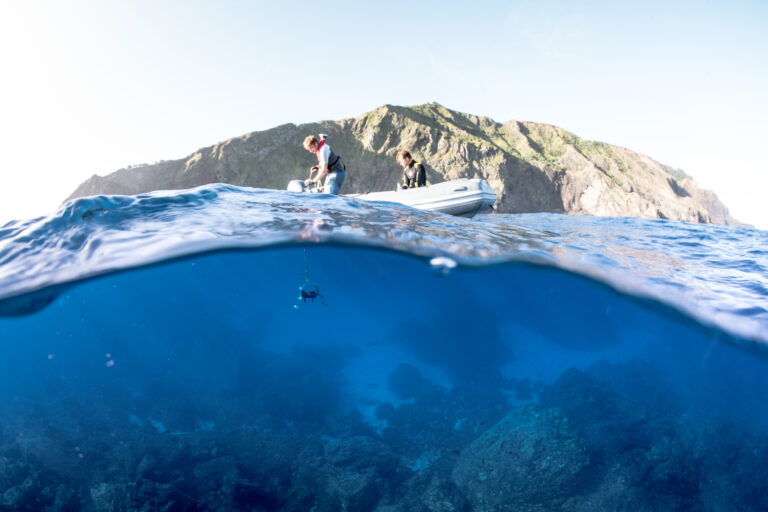
The Future of Marine Science at Pitcairn
Pitcairn’s commitment to marine conservation and scientific research is evident in the dedication of the local government and the international partnerships they have fostered. The recognition of the MPA with the prestigious Platinum Blue Parks Award in 2023 is a testament to the success of these efforts.
With continued support for scientific endeavours and a growing commitment to conservation, Pitcairn is setting an example for how small, isolated communities can make a global impact on marine science and environmental stewardship.
If you are interested in learning more about Pitcairn’s Marine Science Base, please contact Michele Christian – dmnature@pitcairn.gov.pn (Division Manager – Government of Pitcairn Islands Natural Resources Division) or Charlene Warren – msb@pitcairn.gov.pn (Marine Science Base Manager)
The Whales of Pitcairn
Behind the Scenes at the Pitcairn Marine Science Base
Pitcairn MPA : A Community Project – UK Government x Protect Blue
